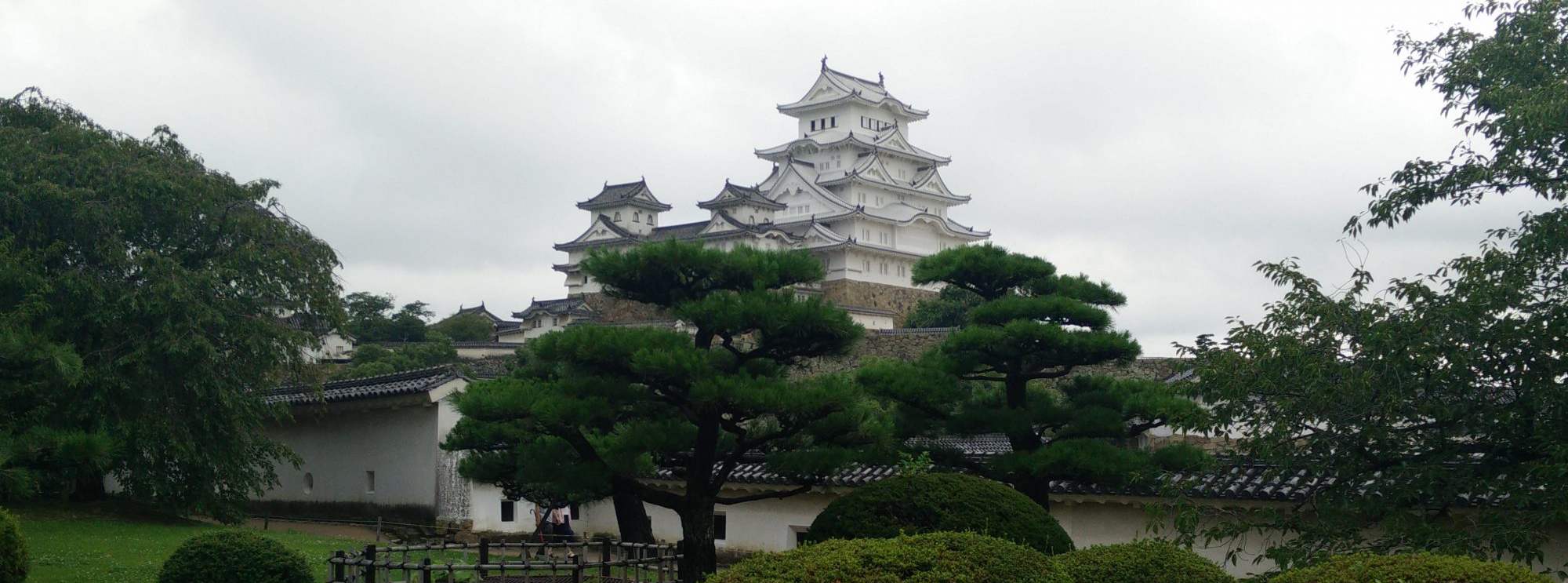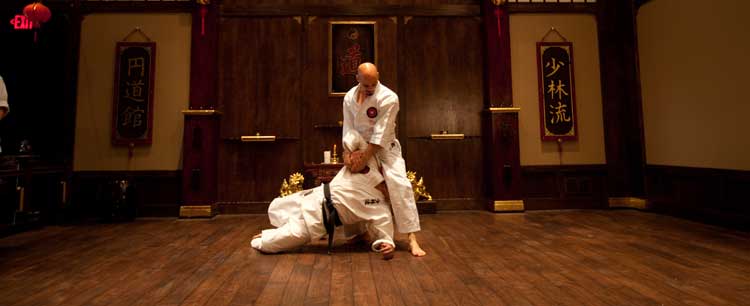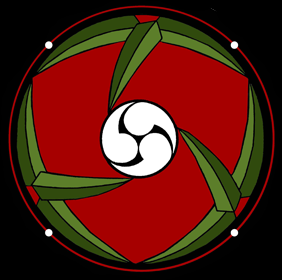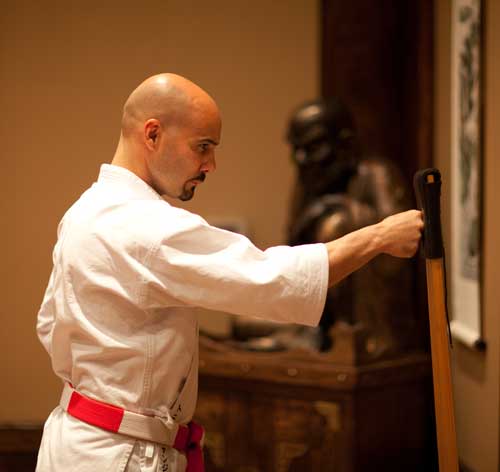Endo Kan Dojo (The Circular Way) was created to honor the teachings of William R Hayes, Sensei, a senior student of Grand Master Eizo Shimabukuro. This Dojo researches the concepts and principles of Shobayashi-ryu Karate Do. The Endo Kan Mon (Seal or Patch) was designed to represent an esoteric concept contained within its teachings. The symbolism of the Endo Kan Mon will be broken down so we can understand its complex meaning.

About Endokan – Honbu Dojo

 On the outside of the Mon there is a red circle with four white points. The circle being a figure which returns into itself, and having therefore neither a beginning nor an end, reminds us of the continual way we train. This method of action is demonstrated by a constant determination that will bring us an understanding of the inner meaning of Kata; the pre-arranged combative groups of movements that are done to coordinate the body and enlighten the mind for actual combat.
On the outside of the Mon there is a red circle with four white points. The circle being a figure which returns into itself, and having therefore neither a beginning nor an end, reminds us of the continual way we train. This method of action is demonstrated by a constant determination that will bring us an understanding of the inner meaning of Kata; the pre-arranged combative groups of movements that are done to coordinate the body and enlighten the mind for actual combat.
There are two ways to view the four points. First, we teach the circle of training as Wellness, Kata, Bunkai, and Ethos. This teaches the way of life of the Endo Kan Student. One must start with wellness to preserve our self for the training of Kata which will lead us to understanding its meaning (Bunkai).
To understand Bunkai and its many applications we need to develop our Ethos or mindset of ethical action that will aid in attaining a moral end. Doing so, gives us insight into the “Just Warrior” concept lived by the Okinawan Karate-ka of old. Later, as a Yudansha one begins to understand the allegory which lies within the Kata. The four points of training become more evident through the journey of the Endo Kan Karate ka.
The four points for the Yudansha are: Kata, Application, Creativity, and Bubishi.
This concept allows us to move freely through the four points and the art itself. If we examine the Bubishi we might gain an understanding of application veiled within Kata. From this we can become creative with our application as well as Kata. This is a constant process utilizing algorithms or keys that allow one to see the esoteric or inner meaning of the Shobayashi-ryu way.
Examining the next section of the Mon brings us to the bamboo leaves in three sets of three. Bamboo symbolizes resilience, strength, emptiness and the ability to be flexible when faced with overwhelming opposing forces. This embodies the true essence of Okinawan Karate Do.
The number three denotes perfection; it also contains within itself a concept of mind, body, and spirit. Three is a recurring theme and relates to the three speeds (of the hand, body, and feet); the concepts and principles of Kyusho, Tuite, and Karate-Jitsu; and the mental, perceptual, and physical aspects of Shobayashi-ryu.shobayashi
We learn to see the beginning of repetition as a key which lies within the analysis of these sets. Utilizing combinations of sets of three allow ever-changing concepts and applications to unfold from our training. As we try to understand the algorithms which this represents we visualize these three sets becoming one with the center of the Mon.
The center represents the ancient Okinawan Ryu Kyu Mon, a symbol which returns into itself with neither beginning nor end. The center set of three embraces the unity of the three symbolic sets which are determined for analysis by the Karate ka. By this they  become one set of many different sets or subsets. Therefore, the symbols explain the allegoric concept of one, two, and three elements equaling one set unequivocally becomes one action. In summary, one symbol cannot be understood without an understanding of the other.
become one set of many different sets or subsets. Therefore, the symbols explain the allegoric concept of one, two, and three elements equaling one set unequivocally becomes one action. In summary, one symbol cannot be understood without an understanding of the other.
Under the aegis of the Okinawa Shorin-ryu Karate-do Ken-kyu Kai the Endo Kan is dedicated to the research and analysis of the vast, ever-changing, esoteric concepts and principles veiled within the classical art known as Shobayashi-ryu.
“He who has in himself abundantly the attributes (of the Tao) is like an infant. Poisonous insects will not sting him; fierce beasts will not seize him; birds of prey will not strike him.”

